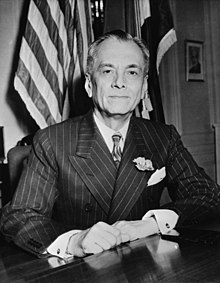I've been asked about this issue a hundred times already. The neverending question of what's the difference between Tagalog and Filipino.
Being a Tagalog teacher, I would say firstly, Tagalog is the language that is spoken widely in the central part and southern part of Luzon (except the Bicol region, because Bicolandia has its own language). But spoken almost nationwide because it is the language that is used as medium of instruction in the public school system of the Philippines. Also, majority of mass media use Tagalog in informal sense. In addition, Tagalog also refers to the people living in the provinces that speak the language Tagalog. When I was growing up, we learned the Tagalog Balarila where we learned that Tagalog has:
5 vowels (patinig) - A, E, I, O, U
15 consonants (katinig) - B, K, D, G, H, L, M, N,
NG, P, R, S, T, W, Y
And the katinigs are spoken in syllable style, hence, we say, abakada, for the alpabetong Tagalog.
During the leadership of Pres. Manuel L. Quezon, he established the INL (Institute of National Language) which will create a national language for the country. He also declared Tagalog to be the basis of the national language.
Manuel L. Quezon further made history because he was the very first leader of the country who delivered his speech in Tagalog roughly 80 years ago. It was the first time a Philippine President spoke on air using Filipino. Filipino later on was declared national language by virtue of Executive Order No. 134 issued on December 30, 1937. Because of this MLQ or Manuel L Quezon, was called the Father of National Language.
How different is Filipino from Tagalog? Well, unlike Tagalog which is an established language, Filipino is continuously evolving, being the lingua franca of the Filipinos. Meaning to say, it is the language that Filipinos use in their discourses. To define it now will be inadequate because Filipino continues to grow and enriches itself with the influences that it gets from other languages and other users.

Mga Komento
Mag-post ng isang Komento